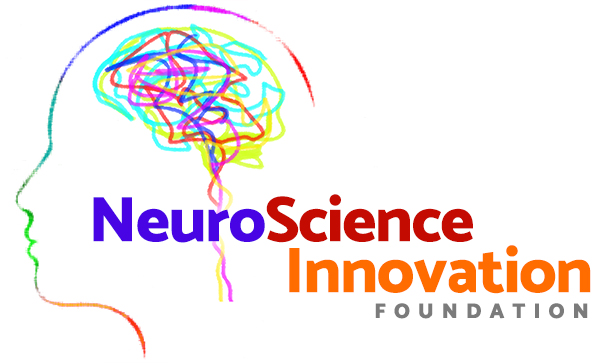Validate:
Validation of Artificial Intelligence to Limit Delays in Acute Stroke Treatment and Endovascular Therapy
Hospital utilization of an AI-based care coordination platform was associated with a significant decrease of 39.5 minutes in the time to NIR contact, increase in patients taken for intervention, and lower DTN times for thrombolytics.

Background
Analyses from early- and late-window thrombectomy trials for acute large vessel occlusion (LVO) stroke have consistently demonstrated a strong time-dependent treatment effect for best outcomes. The utilization of an artificial intelligence (AI)-based care coordination platform to support LVO diagnosis and treatment has the potential to assist in reducing door to puncture times and improve outcomes.
Methods
Acute stroke consultations seen by TeleSpecialists, LLC physicians in the emergency department in 166 facilities (17 states) that utilized VIZ.AI software or did not have an AI software from December 1, 2021 through March 31, 2022 were extracted from the TelecareTM database. Facilities that neurology does not initiate contact with NIR were excluded. The encounters were analyzed by age, ethnicity, last known normal, arrival time, initial telemedicine stroke code activation time (TCA), candidacy for thrombolytics, door to needle time (DTN), advanced imaging, presence of LVO, time NIR accepted, premorbid modified Rankin Score, and NIHSS score. Patients were divided into two groups (utilization and non-utilization of the AI platform) and median door to NIR notification times were compared. There was a 4 minute shorter time to TCA at AI hospitals.
Results
A total of 14,116 patients (8,557 AI and 5,559 non-AI) were included. The median door to NIR notification time for AI was 50 minutes (40, 82) and non-AI was 89.5 minutes (59.3, 122), p <0.001. There was a small but significantly shorter time (3 minutes) from door to TCA at AI hospitals. Median DTN times for thrombolytics was also lower with AI, 40 minutes (30, 52) vs 44 minutes (32, 57.5) for non-AI, p=0.018. The AI group had more advanced imaging performed, a higher percentage of LVOs identified, and a higher percentage accepted by NIR.
Conclusions
Hospital utilization of an AI-based care coordination platform was associated with a significant decrease of 39.5 minutes in the time to NIR contact, increase in patients taken for intervention, and lower DTN times for thrombolytics.

Developing Tomorrow’s Medical Breakthrough Technologies Today
© NeuroScience Innovation Foundation 2023
Web Design by Mark Devlin Visual Design www.md-visualdesign.com

 Theresa Sevilis, MD
Theresa Sevilis, MD  Thomas Devlin, MD
Thomas Devlin, MD


